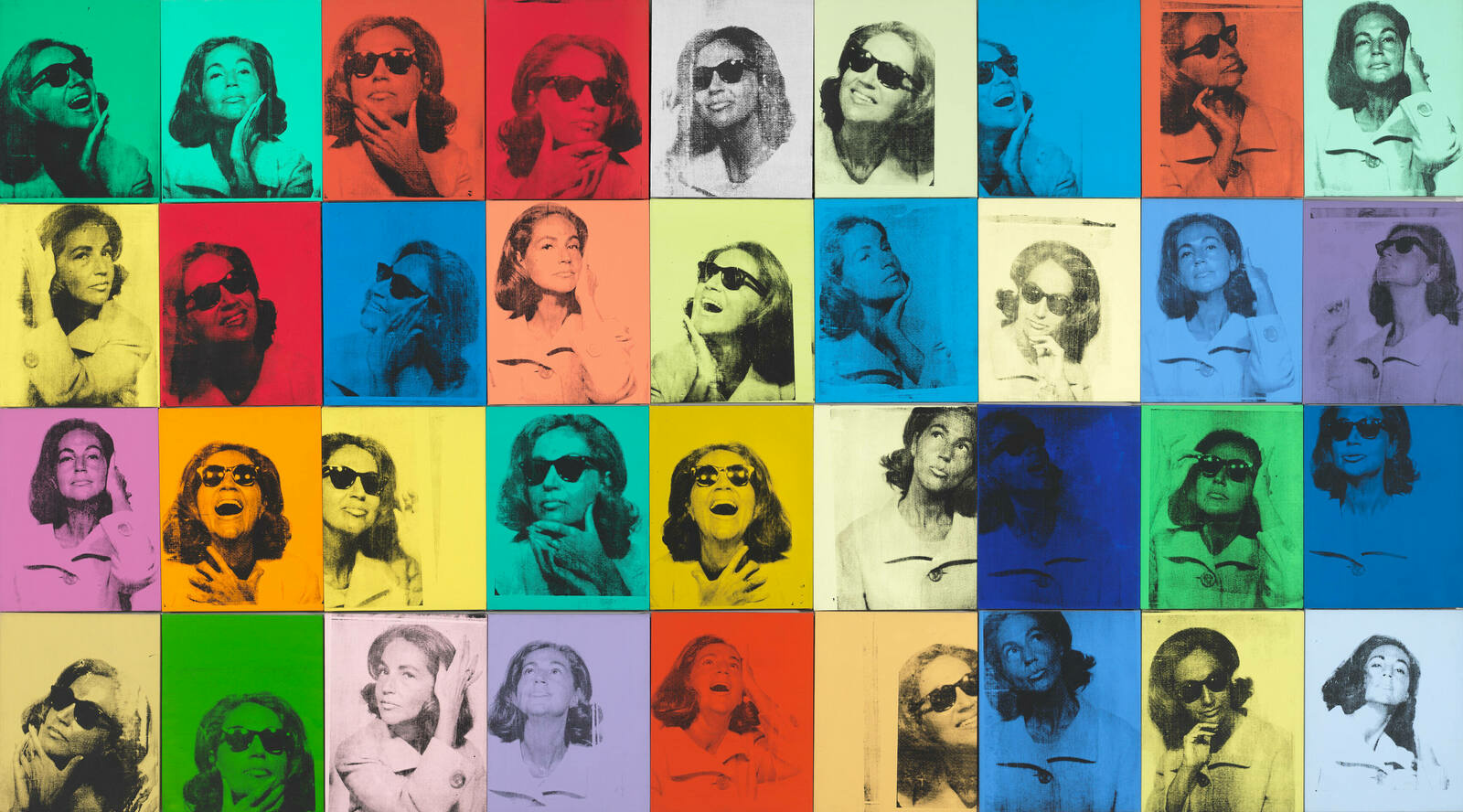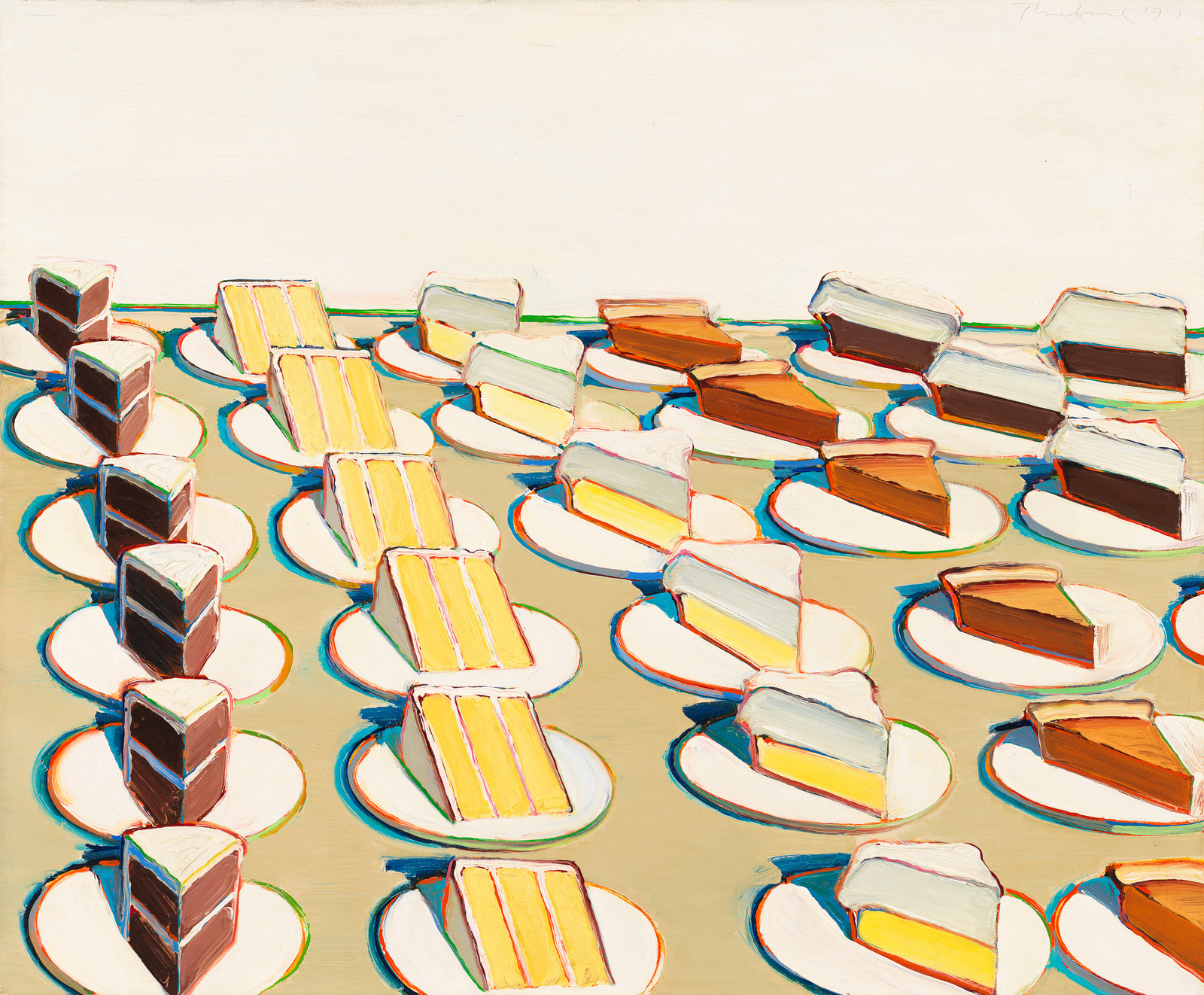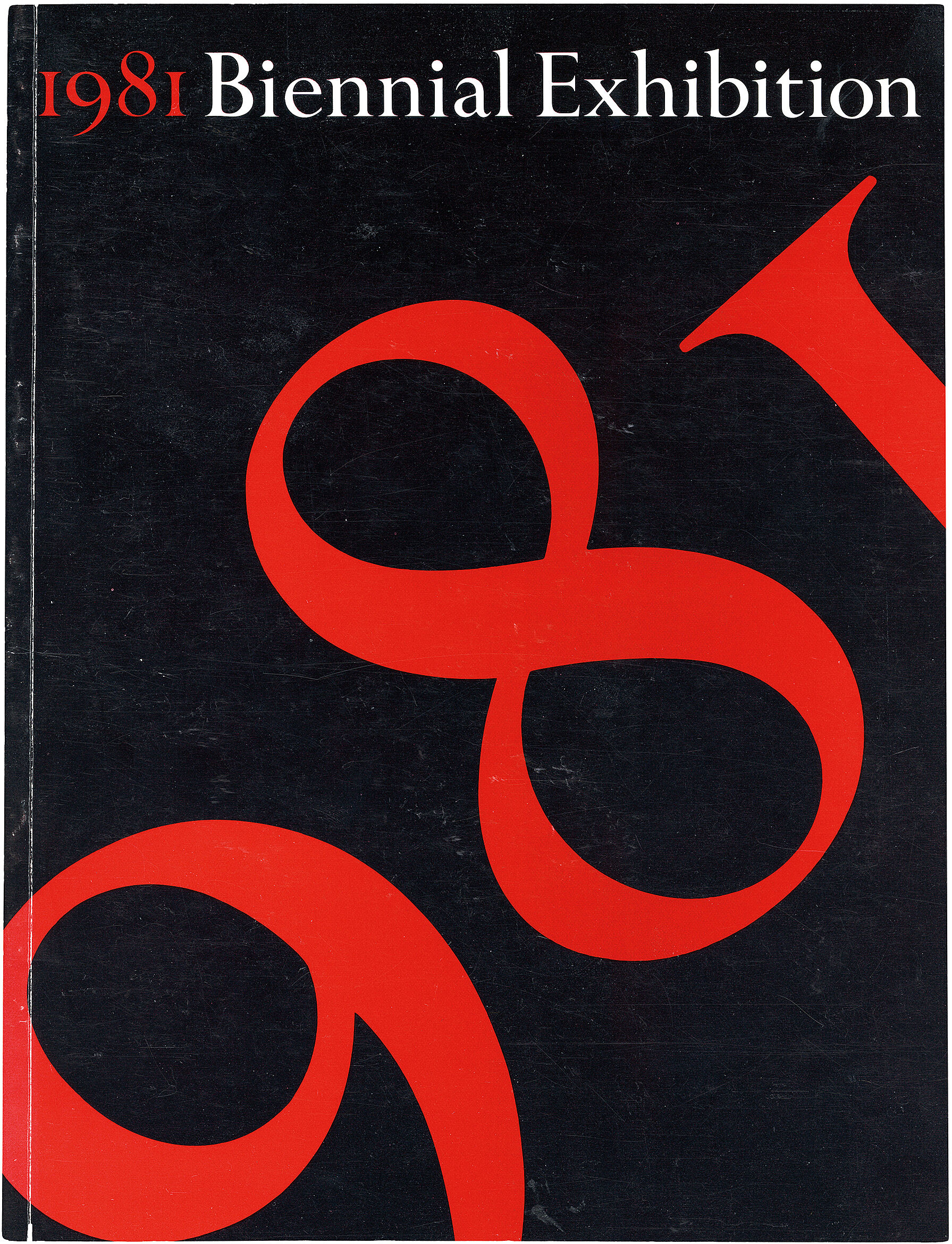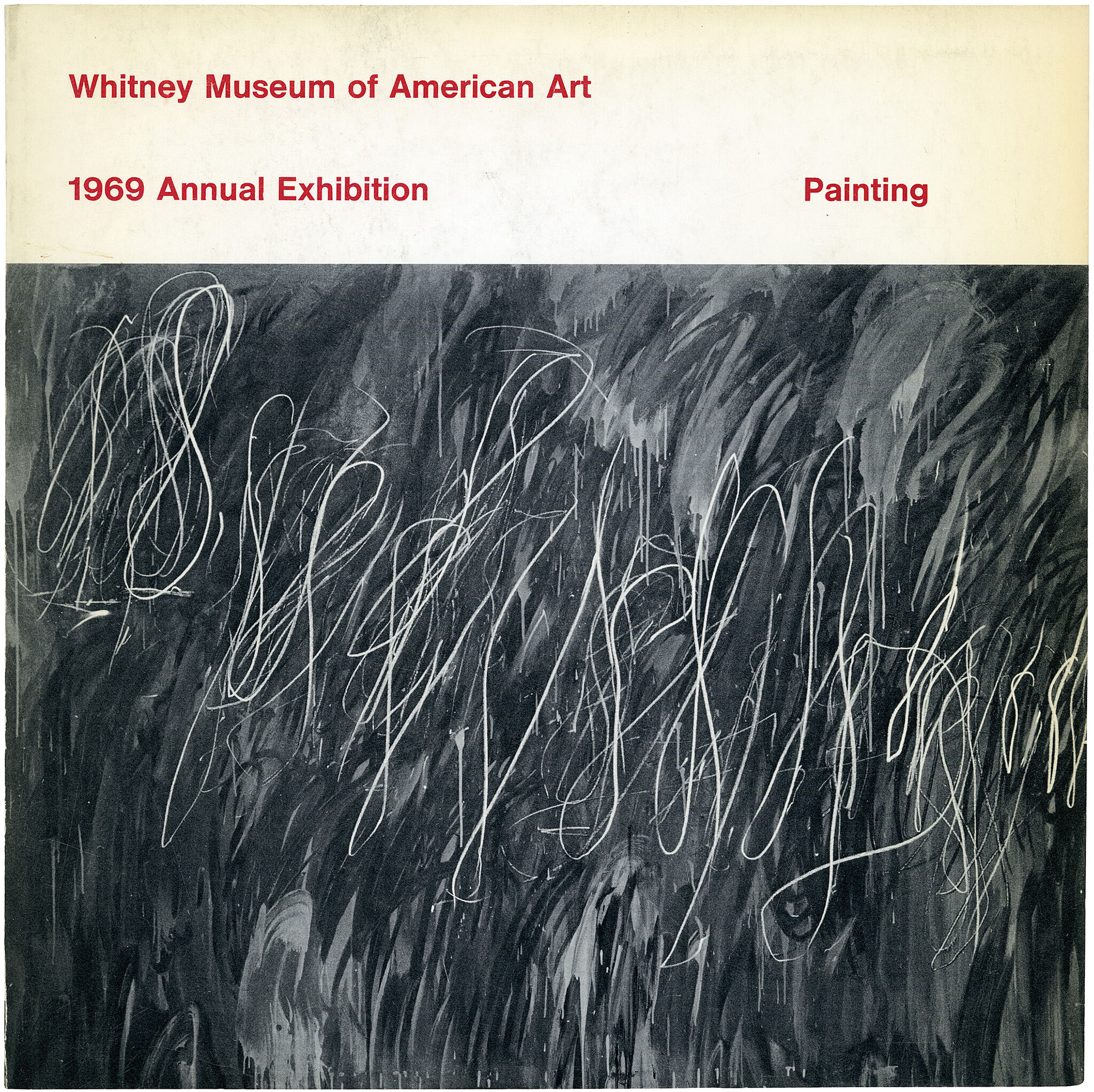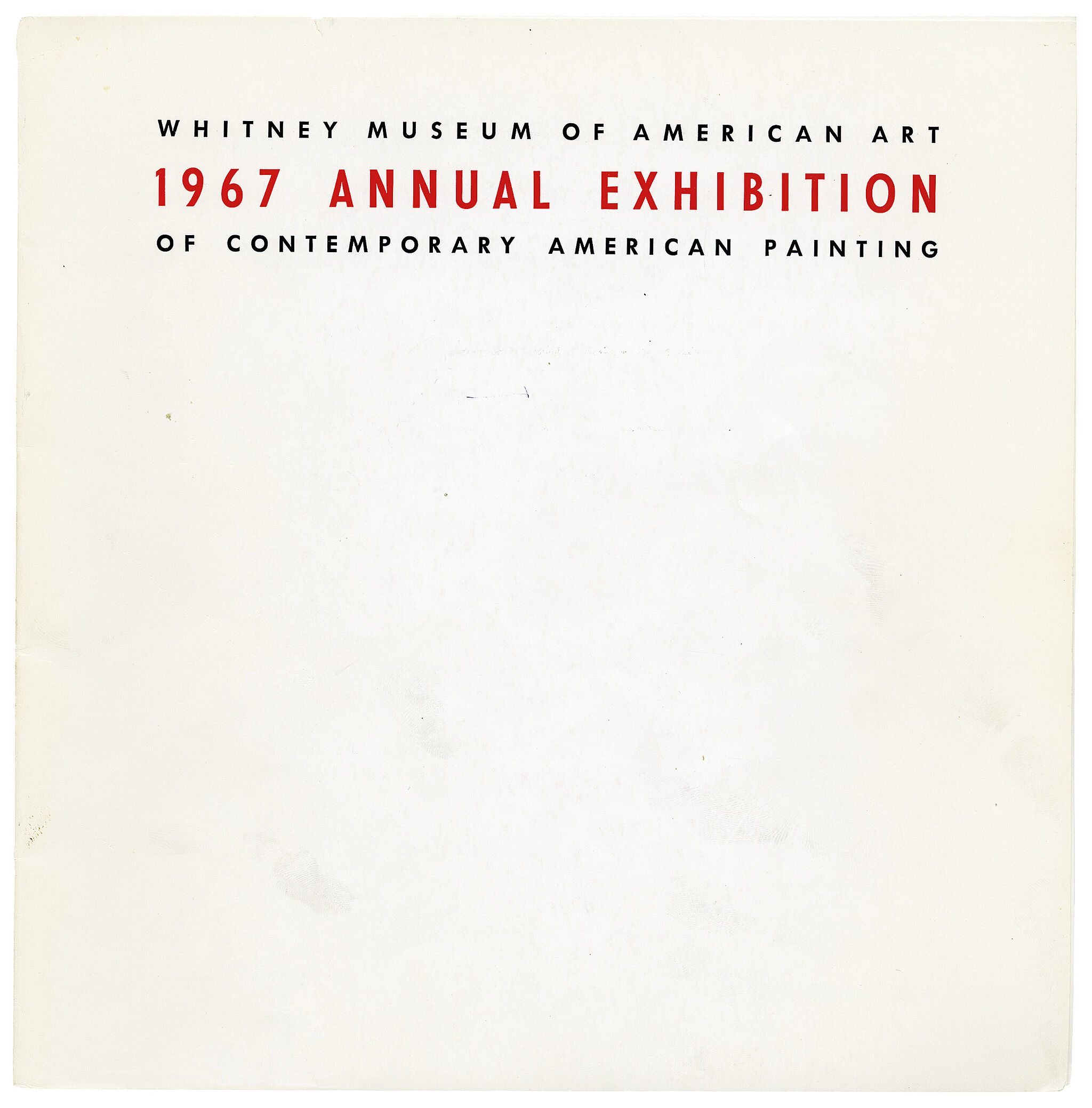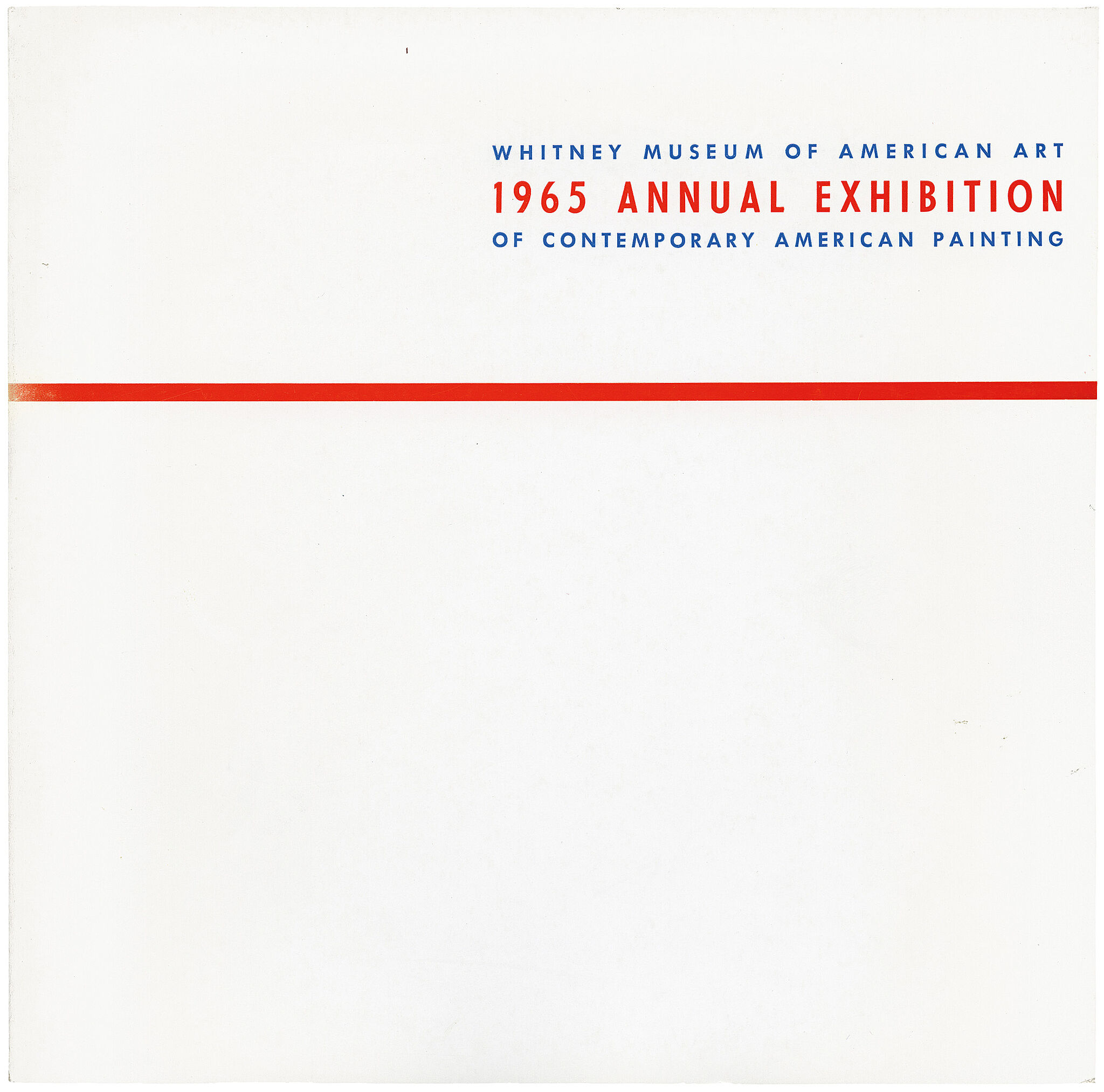Wayne Thiebaud
1920–2021
Wayne Thiebaud’s works from the early 1960s are often linked with Pop art by virtue of their depiction of quotidian American subjects, including gumball machines, soda bottles, hot dogs, and delicatessen counters. Painted from memory and imagination rather than direct observation, these canvases recall the time Thiebaud spent working in restaurants. Around 1959 he became interested in the formal properties of the shapes he encountered in daily life, such as the triangles and circles in Pie Counter and the planes upon which they sit. His style resists the flattening graphic approach of other Pop artists, however, and he has remained resolutely devoted to painting.
In Pie Counter Thiebaud renders the tempting textures of sponge, frosting, and meringue in luscious, thick strokes of oil paint. The rows of standardized slices evoke the mass production of food in the postwar period, while their chromatic outlines and bold shadows harness the visual language of advertising, the legacy perhaps of Thiebaud’s experience as a graphic designer. Pie Counter stops short of critique of mass consumer culture, however. It also conveys a sense of nostalgia for what the artist has described as “a visual memory in fragmented circumstances [that] were always poetic to me.” As such, the painting might be read as a traditional still life, with its presentation of food a metaphor for transience: “The pies that we now see,” Thiebaud has explained, “are not going to be around forever. We are merely used to the idea that things do not change.”
Introduction
Wayne Thiebaud ( TEE-boh; born Morton Wayne Thiebaud; November 15, 1920 – December 25, 2021) was an American painter known for his colorful works depicting commonplace objects—pies, cakes, lipsticks, paint cans, ice cream cones, pastries, and hot dogs—as well as for his landscapes and figure paintings. Thiebaud is regarded as one of the United States' most beloved and recognizable artists. Thiebaud is associated with the pop art movement because of his interest in objects of mass culture, though he slightly predated the classic pop artists, producing his early works of this style in the fifties and sixties. Thiebaud used heavy pigment and exaggerated colors to depict his subjects, his work almost always including the well-defined shadows characteristic of advertisements.
Wikidata identifier
Q698275
Information from Wikipedia, made available under the Creative Commons Attribution-ShareAlike License . Accessed December 4, 2025.
Introduction
California-based painter whose landscapes, figure studies, and pictures of ordinary items including hot dogs, deli counters, and cakes, are often considered a West Coast variant of the Pop Art movement. He was also a teacher of art for most of his career.
Country of birth
United States
Roles
Artist, graphic artist, painter, teacher
ULAN identifier
500010185
Names
Wayne Thiebaud, Morton Wayne Thiebaud, Wayne Morton Thiebaud
Information from the Getty Research Institute's Union List of Artist Names ® (ULAN), made available under the ODC Attribution License. Accessed December 4, 2025.


